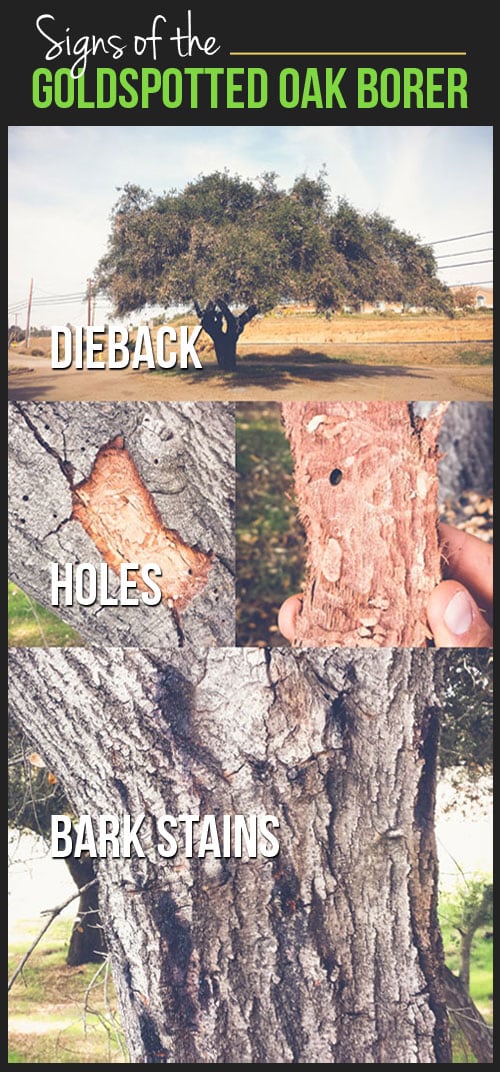Indication For Tree Elimination: Just How To Detect Hazardous Trees
Indication For Tree Elimination: Just How To Detect Hazardous Trees
Blog Article
Written By-Truelsen Goodman
When it pertains to tree treatment, acknowledging the indicators that it's time for elimination is necessary for your security and building. Read Webpage may observe discolored leaves, wilting branches, or odd fungal growths showing health problems. https://docs.google.com/document/d/1rpvOnYVl8k-w9Uyarjaihhve7pJM102pq1FAVOCLXkI/edit?usp=sharing , like a considerable lean or splits in the trunk, can likewise position dangers. Comprehending these warning signs can aid you make educated decisions about your trees and stop prospective risks prowling in your lawn. What should you seek next?
Indications of Decay and Illness
When you observe indications of degeneration and disease in your trees, it's vital to act promptly. Seek discolored leaves, wilting branches, or uncommon developments like fungus. These can suggest that your tree is having a hard time.
If you see cracks in the bark or soft, mushy wood, these signs suggest internal degeneration. Furthermore, an abrupt increase in bugs around your tree can signal that it's weakened and prone.
Look for any type of dead or dying limbs, as they posture a threat to your building and safety. If you doubt about what you see, seeking advice from an arborist can offer clarity.
Addressing these indications early can conserve you from a lot more comprehensive damage and guarantee the health of your yard. Don't wait till it's far too late.
Structural Instability and Leaning
As you observe your trees, watch out for any kind of indicators of architectural instability or leaning. If a tree leans dramatically, it might indicate that the root system is compromised.
Search for any kind of cracks in the trunk or soil around the base; these can indicate possible failure. In addition, look for uncommon development patterns, like a lopsided crown, which may recommend that the tree is struggling to hold itself upright.
If you discover that the tree favors your home, power lines, or various other frameworks, it poses a better threat. Do not ignore these indicators-- speak with an arborist to examine the situation.
Acting early can protect against pricey damages and ensure your security.
Dead or Dying Branches and Foliage
If you notice dead or passing away branches and foliage on your tree, it's a clear indicator that something's incorrect.
These unhealthy locations can suggest underlying problems like disease, pest problems, or environmental tension. When branches lose their leaves or transform brownish, they're no longer contributing to the tree's wellness. Disregarding these signs can lead to more decrease, making your tree more unsafe.
Dead branches can quickly break short during tornados, posing a risk to home and individuals close by. It's essential to analyze the extent of the damage.
If the problem affects a substantial part of the tree, think about consulting a specialist. They can help establish if elimination is necessary to guarantee safety and keep the appeal of your landscape.
Conclusion
If you observe any kind of indicators of decay, architectural instability, or dead branches on your trees, do not neglect them. These indications can position severe security risks to you and your residential property. It's always best to get in touch with a specialist arborist who can provide an expert assessment of your trees. Taking action early can stop accidents and costly damage, guaranteeing your landscape stays risk-free and healthy. Remember, it's far better to be aggressive concerning tree care than to await a disaster to happen.
